After trying to do some printing with a spool of White PLA 4042D, and being unable to replicate the quality level I’d got with Natural PLA 4042D, I started to look for possible differences in the composition of the filament.
After reading the datasheets, the only documented difference is %2-%4 pigment. I’d had decent results with green & black PLA, so I wasn’t convinced that the pigment was a factor. (Although at this point I was so frustrated that I wasn’t ruling it out, either).
The spool of Natural-PLA had been ordered from a seller out of Ohio, and the White-PLA had come from Tennessee. The varying climates were suspect, so I started to investigate the possible effect of humidity.
As an experiment, I cut off a ten foot length of White-PLA, and weighed it on a small jewelry scale, which reported 22.9 grams. Then I baked it in my regular kitchen oven for one hour at 100 degrees Celsius.
It came out of the oven pretty flexible, and slightly tacky. I wouldn’t want to bake it any hotter, for fear of it sticking together.
After an hour of baking, I re-weighed the filament, and my scale reported 22.7 grams.
Prints made with the oven-baked PLA behaved very differently, less globbing, less curling of the extrusion, less sticking to the nozzle. Behavior of the baked white PLA was much more consistent with that of the Natural PLA that had come from Ohio.
A few days later I was printing a Wades Geared Extruder body, when I ran out of filament mid-print. I’ve successfully replaced filament in the middle of a print before, so I gave it a try, but bumped the X axis in the process, causing the top half of the print to be mis-aligned. I let the print finish anyway, just to compare the two filaments.
If you look closely you can see a notaceable difference between the two, the first half of the object has much more consistent layers, with less globbing and other imperfections.
A second baking experiment showed inconsistent weight loss, so I’m not claiming any percentage of moisture loss until I can get a better scale, but I can certainly speak to the improved print quality. I had similar improvement in print quality after baking for 30 minutes @ 100 Celsius, so the full hour wasn’t required.
I now store all my filament in an air-tight container with a cheap hygrometer and a pack of “Damp-Rid” desiccant. The hygrometer reads about %24 relative humidity in the bin, compared to %39 in the room, so the desiccant is working.
I’d be interested to hear opinions on what the physics of humidity impacting print quality are. I’m guessing that it’s moisture expanding once it hits the melt-chamber, and that expansion forcing plastic out the nozzle, but would be interested in any available hard data on the subject.
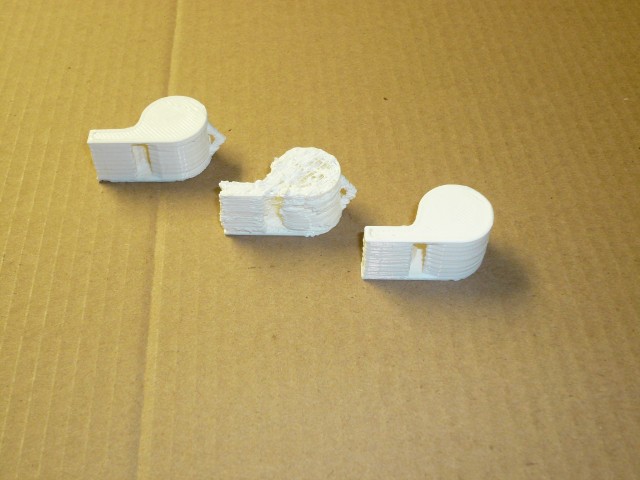
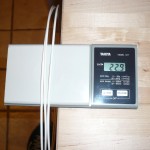
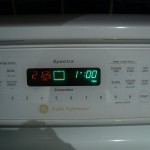
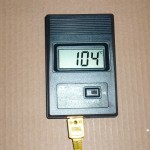
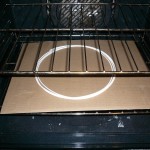
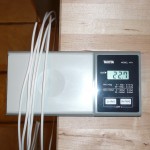
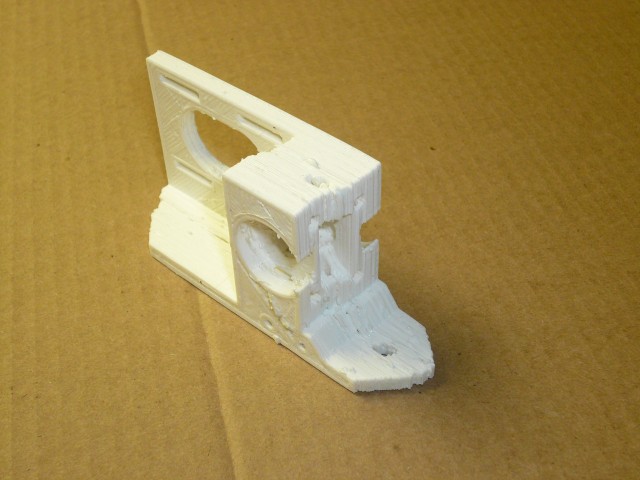
I’m curious to know if you’ve tried baking the Natural PLA 4042D to see if there is a weight difference there as well.
I haven’t, but I think it’s less about the material, & more about humidity it’s absorbed.
I only have a few feet of 4042D anyway, and haven’t ever used it. I don’t think anyone does.